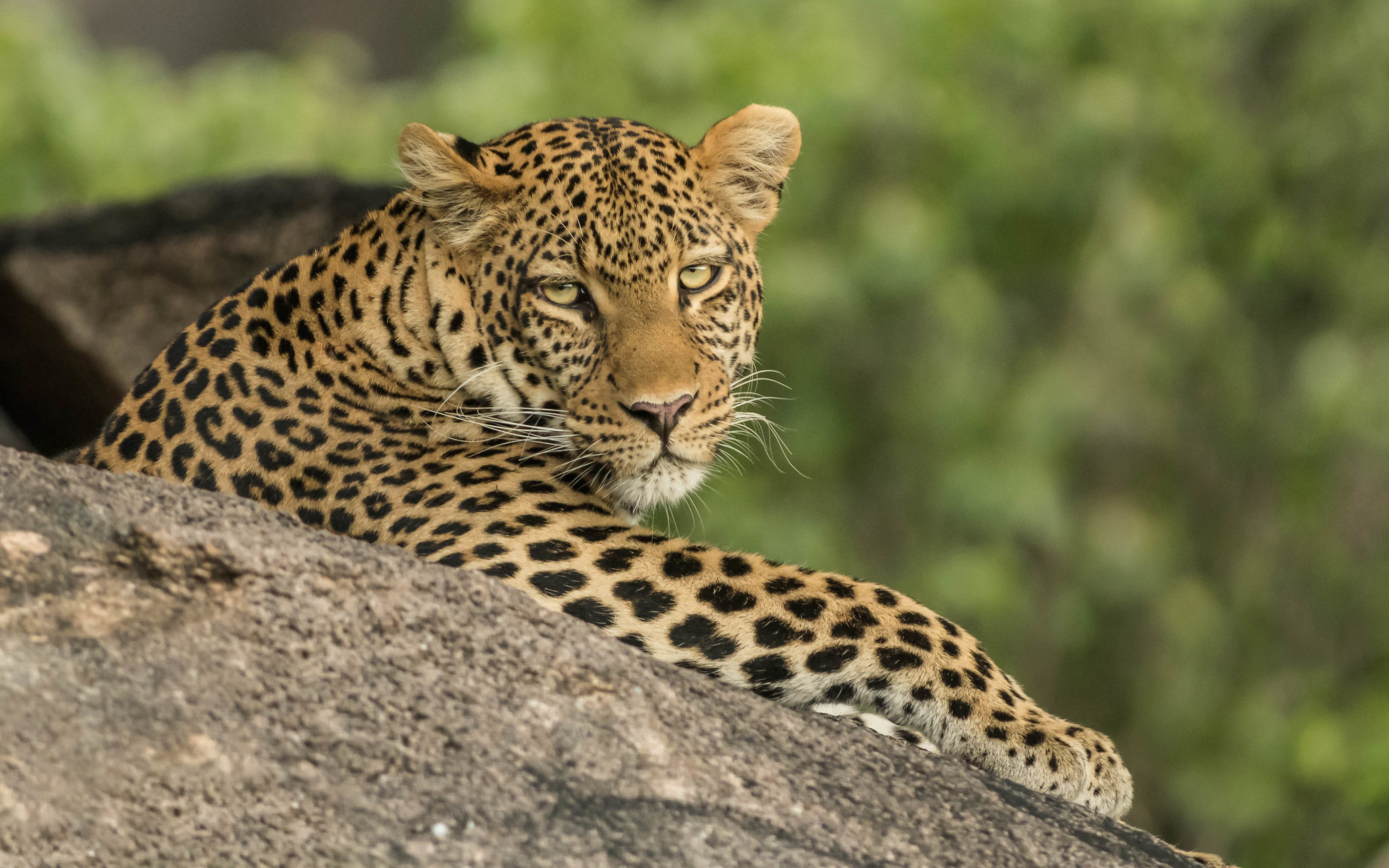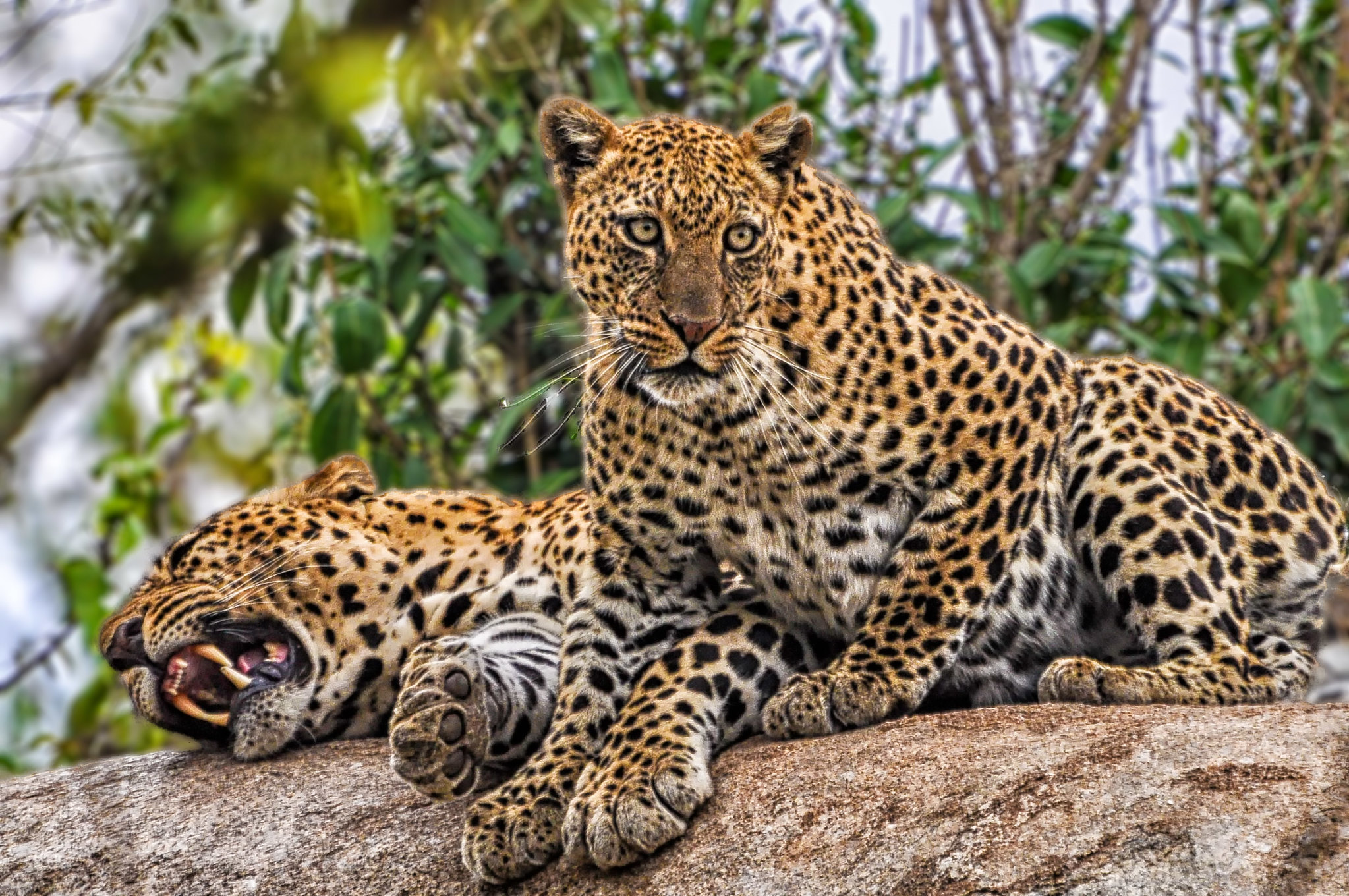10 Interesting Facts About Leopards
Here are 10 Interesting Facts About Leopards. Leopards have a strong connection to Mount Kilimanjaro, even though seeing one is very rare.
Famously, climber and preacher Richard Reusch found a frozen leopard on Kilimanjaro in 1926. He saw it on the edge of Kibo’s crater and cut off an ear to keep as a memory. Since then, no one has seen the dead leopard, but the location is now known as Leopard Point. Ernest Hemingway’s short story “The Snows of Kilimanjaro,” which came out in 1936, also talks about a defrosted leopard.

Here are 10 interesting facts about leopards.
-
Rosettes are the name for leopard spots
People call a leopard’s dark spots “rosettes” because they look like rose petals. Leopard cubs are born with spots that are difficult to see, but they show up as they get bigger.
It is normal to call leopards with spots that are hard to tell apart “black panthers.” A lot of people think they are a different species when they are not. To put it another way, the panther is just a black leopard.
-
Leopards like to hang out in trees.
Leopards are strong and quick climbers, and they often rest during the day on a tree branch. When leopards kill an animal, they often hide it in a tree so that other animals, like hyenas and lions, can’t steal it. They then eat it for several days.
For no reason, a leopard will often pull its prey 50 feet up into a tree. Along with their extendable claws, their muscles make them great climbers.
-
Large cats are bigger than leopards.
One of the big cats, along with lions, tigers, and jaguars, is the leopard. Leopard females can weigh between 46 and 132 pounds, while leopard males can weigh between 80 and 165 pounds, which is up to 50% more. A leopard is usually three to six feet long.
A male Siberian tiger, on the other hand, is the world’s biggest cat. It can weigh up to 700 pounds and is usually 11 feet (3.35 m) long.
-
Leopards can run quickly
Leopards are strong animals that are known for being able to climb. They’re fast, though. Leopards can run 36 miles per hour and jump 20 feet in one bound. They can also jump 10 feet high.
A cheetah, on the other hand, can run 50 to 80 miles per hour, making it the fastest land animal.
-
You can find leopards on many continents.
Africa, south of the Sahara; northeast Africa; Central Asia; India; and China are all places where leopards live. They can live in many different places, like deserts, woods, woodlands, and rainforests.
Mount Meru is the second-highest mountain in Tanzania, after Kilimanjaro. It is possible to see lions there. Every type of leopard is either threatened or in danger of becoming extinct. The Amur leopard lives in Russia and China. There are only about 120 of them left, making it the world’s most endangered big cat.
-
Leopards generally stay alone.
Leopards prefer to be alone, and to mark their territory, they scratch trees, leave feces, and let urine smell the area. Leopards only get together to mate, which can take anywhere from two to five days. The male lions don’t help raise their young.
-
Leopards will eat almost anything
Leopards hunt when they see an opportunity. This means they eat many different things and will eat almost anything. They eat meat, and it can be anything from small animals like birds, monkeys, snakes, and lizards to bigger ones like deer, gazelles, and antelope. Their wide diet has helped them stay alive in places where other big cats have died out. When food is limited, leopards will hunt less desirable animals that are more common.
-
Leopards are sneaky hunters
Leopards hunt at night and can see seven times better than people do when it’s dark. They will sneak up on their food slowly and quietly. They can mix in with grass and leaves because of their spots. It will pounce and kill its prey with a bite to the throat if it is close enough. With a strong swipe, you can kill birds and mice, as well as other small animals.
-
Leopards speak a language that no one else does.
Leopards don’t roar like lions do. They talk to each other by making unique sounds that sound more like a scratchy bark. You can hear their rasp from two miles away. Leopards also make a sound like chuffing or huffing to say hello. Larks purr when they’re joyful and growl when they’re mad, just like cats.
-
Leopard cubs are born quickly.
Leopard mothers can have babies at any time of the year, and usually they have two or three kids. Because their mothers only carry them for about three months, leopard babies aren’t fully mature when they are born.
The cubs will keep growing in a safe place, like a cave or den. One idea for the short pregnancy period is that leopard females couldn’t hunt well when they had big bellies. Mother wolves stay with their cubs until they are about two years old. Thereafter, the cubs are big enough to hunt and take care of themselves.
Leopard Facts in a Flash
- Panthera Pardus is its scientific name.
- Leopard is its common name.
- Height: 22 to 22 inches, Length: 35 to 75 inches, Weight: 82 to 200 pounds
- 21–23 years of life span
- Food: carnivore
- Where it lives: Africa and Asia
- Conservation Status: Endangered or Near Threatened, based on where it is


















